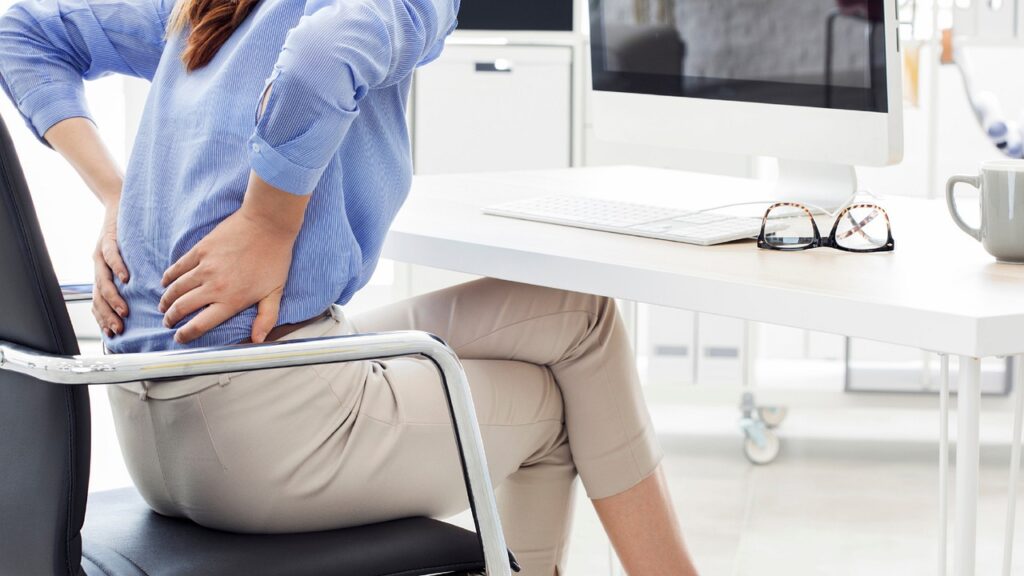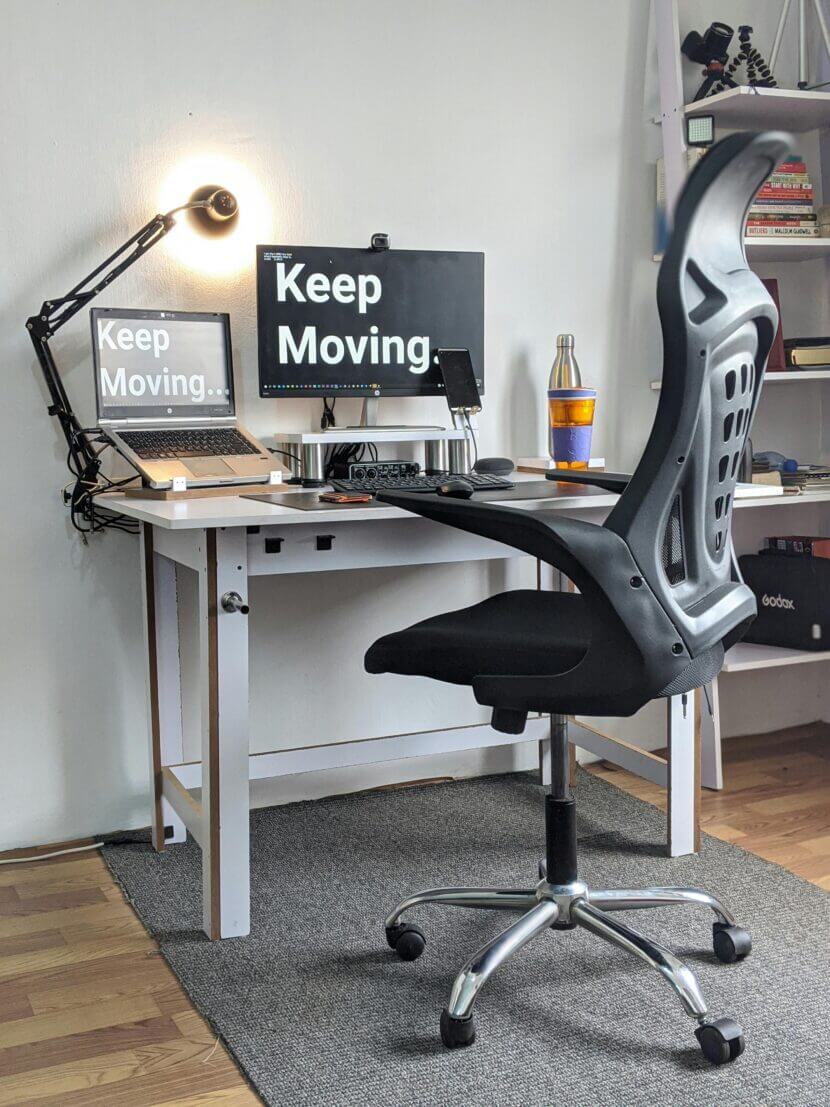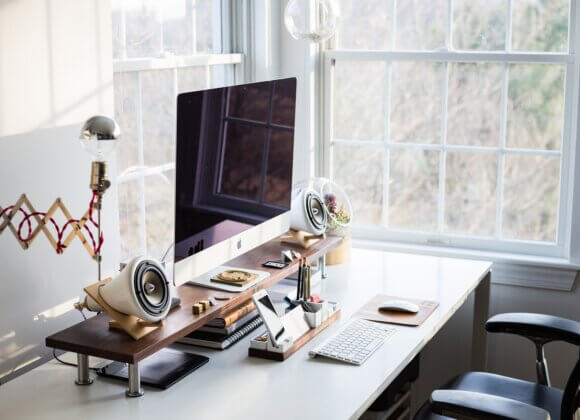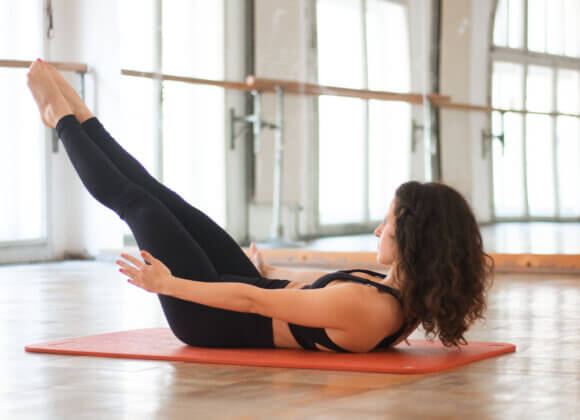“Sitting is the new smoking” is a recurring criticism from health experts. Instead of getting enough exercise, we spend a lot of time sitting down – for example in the office, working from home or doing homework and studying. Well chosen, ergonomic office chairs* help to maintain well-being and health despite desk work. We have researched what is important here, among other things:
Tip 1: Pay attention to comfort
Sitting comfortably at your desk helps to prevent damage to your health. Office chairs should support natural posture in all sitting positions, be individually adjustable and encourage movement.
Tip 2: Adjust office chairs correctly
In order to achieve the goals mentioned above, the desk chair must be adaptable to the user and not the other way around. “Ergonomic office chairs are characterized above all by their wide range of adjustment options,” says www.ergonomie-katalog.com, for example. However, this is only possible if the backrest and armrests as well as the seat and – if available – the headrest can be individually adjusted. This means that the backrest should definitely be height-adjustable: As a rule of thumb, the upper edge of the backrest, which must of course also fit the user in terms of size and shape, should reach up to the shoulder blades.
If a lumbar support is integrated, it should also be adjustable in strength and height. The seat height should be chosen so that the thighs fall slightly towards the knee and both legs can be placed firmly on the floor. But the seat depth should also be individually adjustable: there should be space for three to four fingers between the front edge of the seat and the lower leg.
Not everyone likes armrests – but they definitely have an advantage: they help to relieve pressure on the shoulder and neck muscles. So that they can fulfill this task, they should also be adjustable in height and width. Ideally, the angle between the upper and lower arm should be 90 degrees or more. Another important criterion for the armrests is their length: if they are too long, they prevent you from rolling up to the edge of the desk. By the way: the levers with which the office chair can be adjusted should be reached comfortably while seated.
Tip 3: Find the right mechanics
Office chairs can be both relatively rigid and flexible. The decision for a stabilizing or mobilizing mechanism should be made on the basis of personal preferences and working methods as well as any existing complaints.
In the first case, the seat is rigid, only the backrest can rock backwards. In the second case, there are various options: For example, the seat and backrest can tilt backwards synchronously or with a slight delay when leaning backwards. In any case, it is important that the strength of the mechanism can be adjusted precisely to the user’s weight to enable an almost imperceptible change between sitting positions.

Tip 4: Well rolled
The choice of castors that match the surface should also not be underestimated: Otherwise, the desk chair will be difficult to move, which can be quite annoying. The basic rule is therefore: Soft castors are easier to roll on hard floors, whereas hard castors are easier to roll on soft floors. Universal castors are, as the name suggests, suitable for any surface.
Tip 5: Time and advice are needed
As you can see, choosing the right desk chair is a complex undertaking. This makes it all the more important to take enough time for this, as the good piece should be tested extensively. On the other hand, you should seek detailed advice to ensure that you go home with the office chair that suits you best.
*The links marked with an asterisk (“*”) are affiliate links. If you buy a product via these links, we will receive a commission. Of course, this does not change the price for you.
Related posts:
THONET company portrait: With momentum to global success













